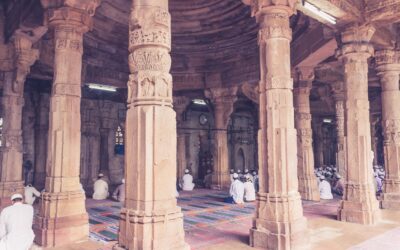HUMAYUNS TOMB
Humayuns Tomb is a well-known landmark in the city of Delhi. Situated in the Nizamuddin East district, one would need to use Dr Zakir Hussain Marg Road and at the Sabz Burj roundabout disembark and walk through the gardens to the tomb.
HERITAGE SITE | HUMAYUNS TOMB
-
The last refuge of Mughal Emperor Humayun has the appearance of a luxurious palace rather than a tomb.
- Located in the eastern part of Dehli, Humayun’s tomb is one of the best preserved Mughal monuments and is the first example of Mughal architecture in India.
-
Analysing its architecture from a historical perspective, this building is the unique connecting link between the Gur Emir, where Humayun’s ancestor Tamerlane is buried in Uzbekistan, and the mausoleum of his grandson Shah Jahan, i.e. Taj Mahal.
-
The tomb was actually constructed at the behest of his widow, Hamida Banu Begum, nine years after his demise in 1565. From the 17th to the 19th centuries the garden was gradually filled with the tombs of Humayun’s descendants many of them emperors themselves. The tomb therefore earned the title of the ‘necropolis of the Mughal dynasty’.
-
The architecture of the tomb has a strong Persian influence as the architect, Mirak Mirza Ghiyas was of Persian origin himself.
-
The tomb is situated in the center with four gardens surrounding it. The four gardens are divided by walkways or flowing water to resemble the gardens of paradise.
-
The two-storied mausoleum stands on a massive 7m high platform and is crowned with a white, Persian-styled marble dome.








